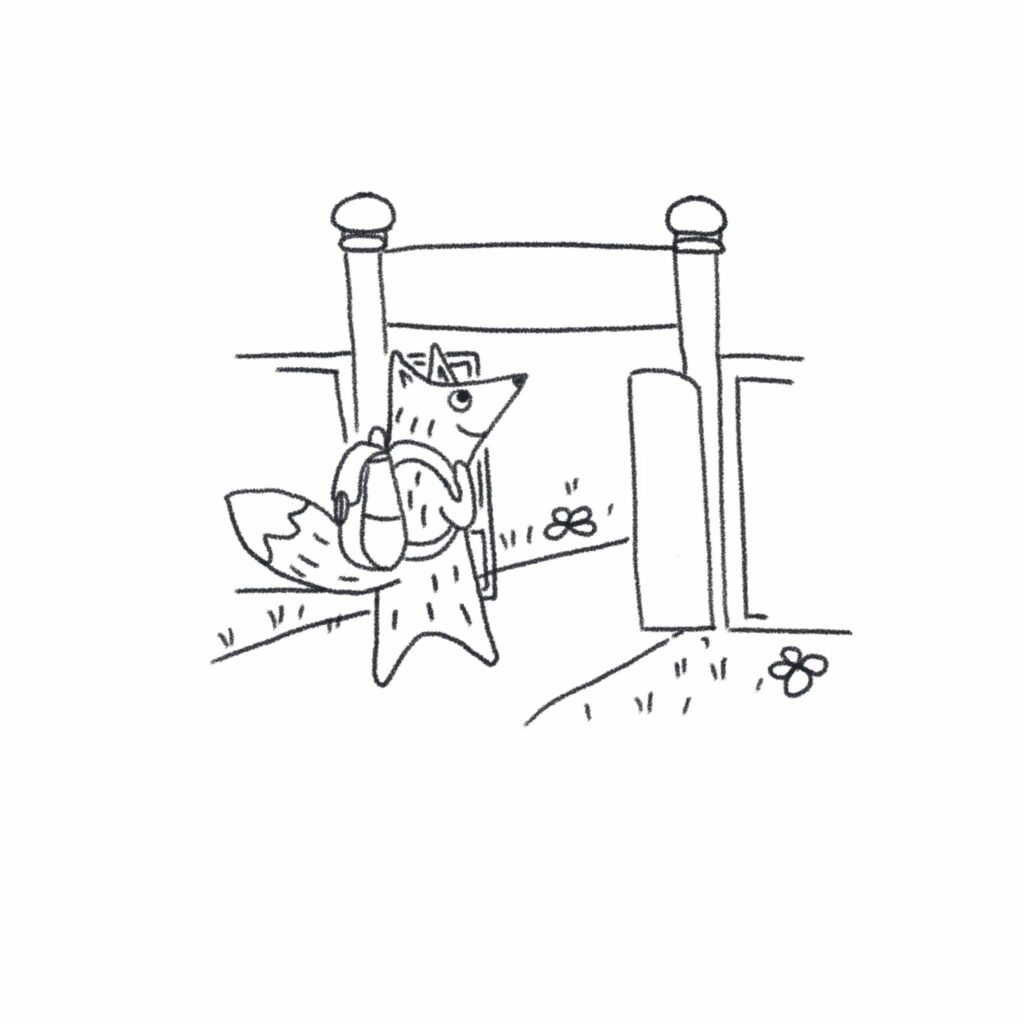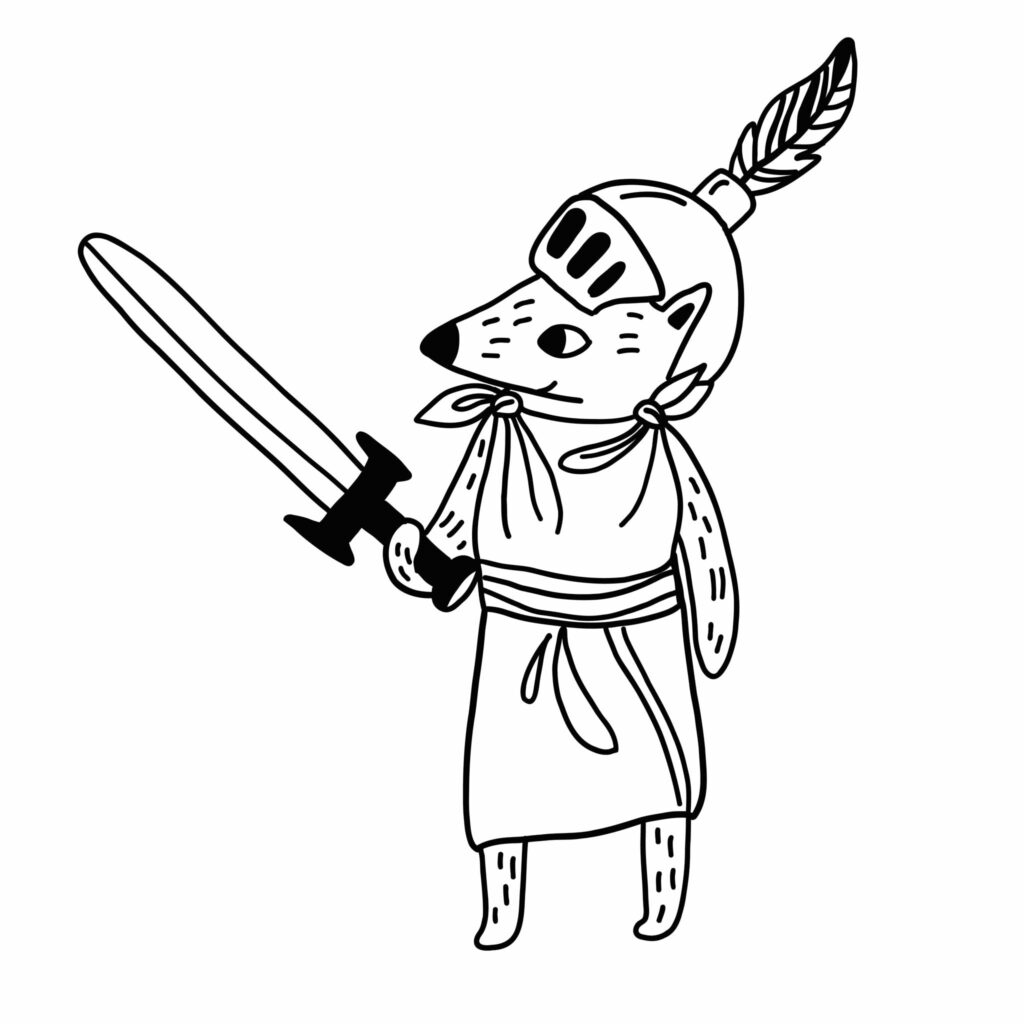Are you attracted to the Montessori method? What is it that appeals? The beautiful environment? The organisation? The practical activities?
The Montessori method is an engaging educational model that continues to captivate parents and educators alike. But what is it that makes it so special?
What Makes Montessori Unique: Didactic Materials
As a teacher, what I notice most in a Montessori classroom are what’s called the ‘didactic’ materials. If you walk over to the practical life area, you’ll know what I mean. Trays with tongs and objects to sort; flaps of fabric with different fasteners; shoes and polish. They all signify a purposeful path towards mastering real-life skills.
The Concept of Self-Correcting Learning
An intriguing aspect of the Montessori method is that it doesn’t always align with the conventional notion of learning through play. The didactic materials employed are self-correcting, emphasizing a specific ‘right’ way of utilization. As such, students practice until they master the skill, which limits the scope for trial-and-error and spontaneous creativity.
Balancing Montessori with Creative Exploration
While this structured approach may seem somewhat rigid, it’s not an outright dismissal of the Montessori method. It’s more a reflection of my personal philosophy, emphasizing the significance of creative play and exploration. The focus on skill mastery can sometimes overshadow the joy of uninhibited exploration — the opportunity for children to create a delightful mess and experiment with materials on their own terms.
Practical Life Activities in the Montessori Approach
The Montessori curriculum is characterized by practical life activities, aiming to develop children’s motor skills and independence. Examples of such activities include:
Dressing Frames: These help children practice everyday skills like buttoning, zipping, and tying shoelaces.
Pouring and Scooping Activities: Children learn to pour liquids and scoop solids from one container to another, enhancing their coordination and precision.
Food Preparation: Simple tasks like peeling a banana, spreading butter on bread, or setting the table instil a sense of responsibility and contribution to the community.
Cleaning Activities: Children learn to take care of their environment by sweeping, dusting, or washing dishes, instilling a sense of respect for their surroundings.
Montessori at Home: Complementing with Creative Play
While my children attend a Montessori nursery and find it engaging, it’s equally essential to complement their learning with experiences they may not get at the nursery. At home, I encourage activities that foster their creativity and free exploration. This way, they get the best of both worlds: the disciplined learning of Montessori and the unstructured playtime that nurtures their creativity.
Embracing Montessori: A Groundbreaking Educational Method
Despite the critique, the Montessori method was revolutionary during its inception and continues to be so. It offers numerous benefits and, if chosen as an educational path, can aid your child’s overall development. However, it’s beneficial to occasionally intersperse their learning with creative play, providing them a well-rounded experience.
Final word
As parents or educators, the goal is to offer a rich and varied learning environment that caters to the unique needs of each child. And the Montessori method, supplemented with an additional layer of creativity, can serve as a great stepping stone in achieving this objective.




